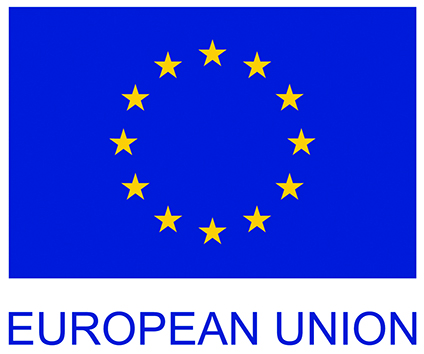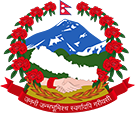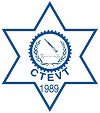The British Council managed components of the Dakchyata project is operating across two main activity areas:
Result Area (2): Innovative PPP models piloted to enhance the relevance, quality and sustainability of TEVT Provision in Nepal
The project will be piloting the Public Private Partnership (PPP) model in the TEVT sector which is globally recognised as an effective approach to facilitate sustainable national development of any society. Activities under Result Area 2 will be the major methodology to support the development of future PPP models and to promote shared responsibilities of TEVT frameworks and standards which respond to skills and occupation demands of employers and the general labour market in Nepal. As initially identified in the project design stage the main focus will be on the three Economic Sectors – Construction, Tourism and Agriculture but will also consider associated sub-sectors such as Agro-manufacturing and inter-linkages between sectors such as Agro-Tourism.
The main aim of the pilot grant projects is to build up a body of evidence of best practices under a Public Private Partnership approach, which are locally relevant.
Result Area 3 (R3): To enhance the capacity and coordination role of the GoN in the TEVT system and improve the TEVT governance
Result Area 3 of Dakchyata is to enhance the capacity and coordination role of the GoN in the TEVT system and improve TEVT governance. Specific inputs from Dakchyata will support the TEVT coordination mechanism by strengthening the capacity of the planned TEVT Secretariat and regularizing the TEVT fund, once it is approved. Under this result area, the first major output is to strengthen TEVT coordination mechanism at national level under GoN leadership for M&E, and for quality assurance of TEVT programmes and services in Nepal.
A range of capacity building activities including workshops, seminars, exposure visits, and study tours will be organised at national and international level to familiarize stakeholders with best practice examples of TEVT public private partnerships.






